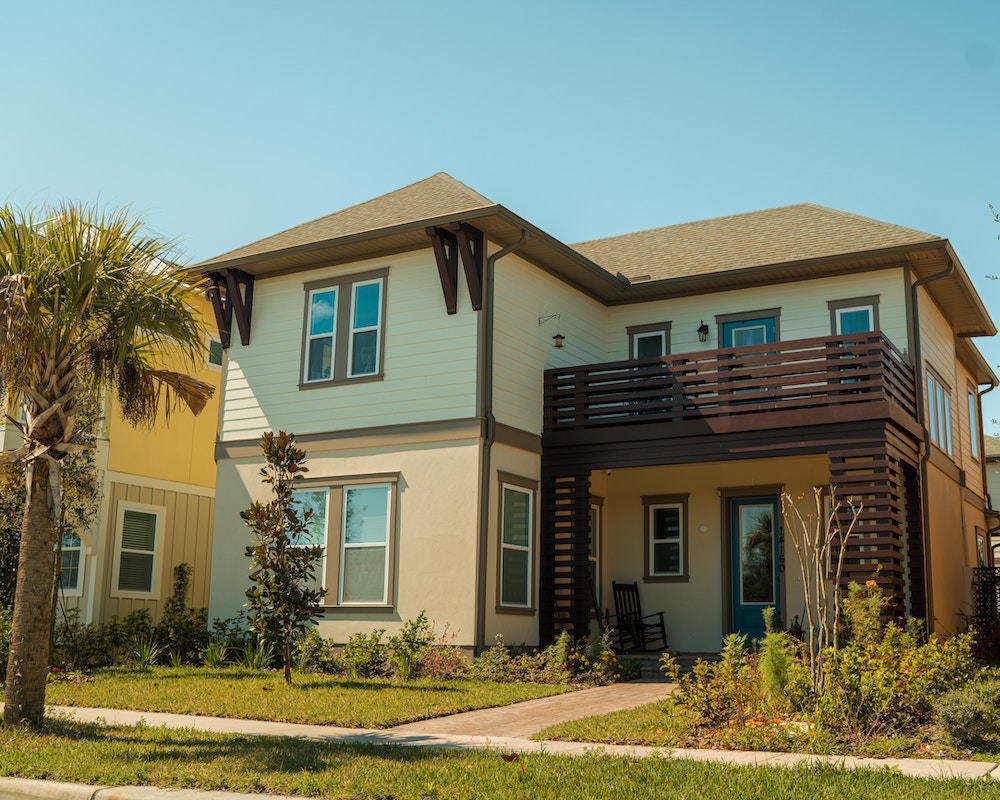When it comes to buying a home and getting a mortgage, Private Mortgage Insurance (PMI) is a term that often pops up. Whether you are new in the real estate world or just beginning your journey to homeownership, comprehending the significance of PMI is vital.
In this blog post, we'll break down the basics of PMI, its purpose, functioning, and how it compares to other types of mortgage insurance.
Related Article: The Benefits of Getting a Mortgage Through Your Community Bank
What is Private Mortgage Insurance (PMI)?
Private Mortgage Insurance, commonly referred to as PMI, is a type of insurance that lenders often require borrowers to obtain when they put down less than a 20% down payment on a home purchase. It acts as a safeguard for the lender in case the borrower defaults on the loan. While PMI provides a level of protection for the lender, it's important to note that it doesn't offer any direct benefits to the borrower.
Why is PMI Required?
Lenders generally require PMI for one primary reason: risk mitigation. When borrowers make a down payment of less than 20%, the lender's exposure to potential losses in case of default increases. PMI helps offset this increased risk by providing the lender with a level of financial protection. By requiring PMI, lenders are more willing to extend loans to borrowers with lower down payments, making homeownership accessible to a wider range of individuals.
How Does PMI Work?
PMI is typically a monthly premium that the borrower pays on top of their mortgage payment. The cost of PMI can vary and is often based on factors such as the loan-to-value ratio (LTV), credit score, and loan amount. As the borrower pays down the mortgage and the loan balance decreases, the LTV ratio improves. Once the borrower reaches an LTV of 80% (or lower) due to a combination of payments and appreciation, they can typically request the removal of PMI.
PMI vs. Other Mortgage Insurance Types (e.g., MIP, LPMI)
MIP (Mortgage Insurance Premium)
MIP is similar to PMI but is required for Federal Housing Administration (FHA) loans. FHA loans are popular among first-time homebuyers and those with lower credit scores. MIP serves the same purpose as PMI, mitigating the risk for the lender when borrowers have lower down payments.
LPMI (Lender-Paid Mortgage Insurance)
LPMI is a different approach to handling mortgage insurance. Instead of the borrower paying a separate monthly premium, the lender includes the cost of insurance in the overall interest rate or loan structure. This can result in a slightly higher interest rate, but the borrower doesn't make a separate PMI payment.
Long Story Short
Private Mortgage Insurance (PMI) plays a significant role in the home buying process, especially for those who can't afford a 20% down payment. While it adds an extra cost to monthly payments, it allows borrowers to access homeownership with a smaller initial investment. Understanding how PMI works and how it compares to other types of mortgage insurance empowers borrowers to make informed decisions when navigating the complexities of purchasing a home. Remember that PMI is not a lifelong commitment; as your equity in the home increases, you have the opportunity to eliminate this additional cost.



